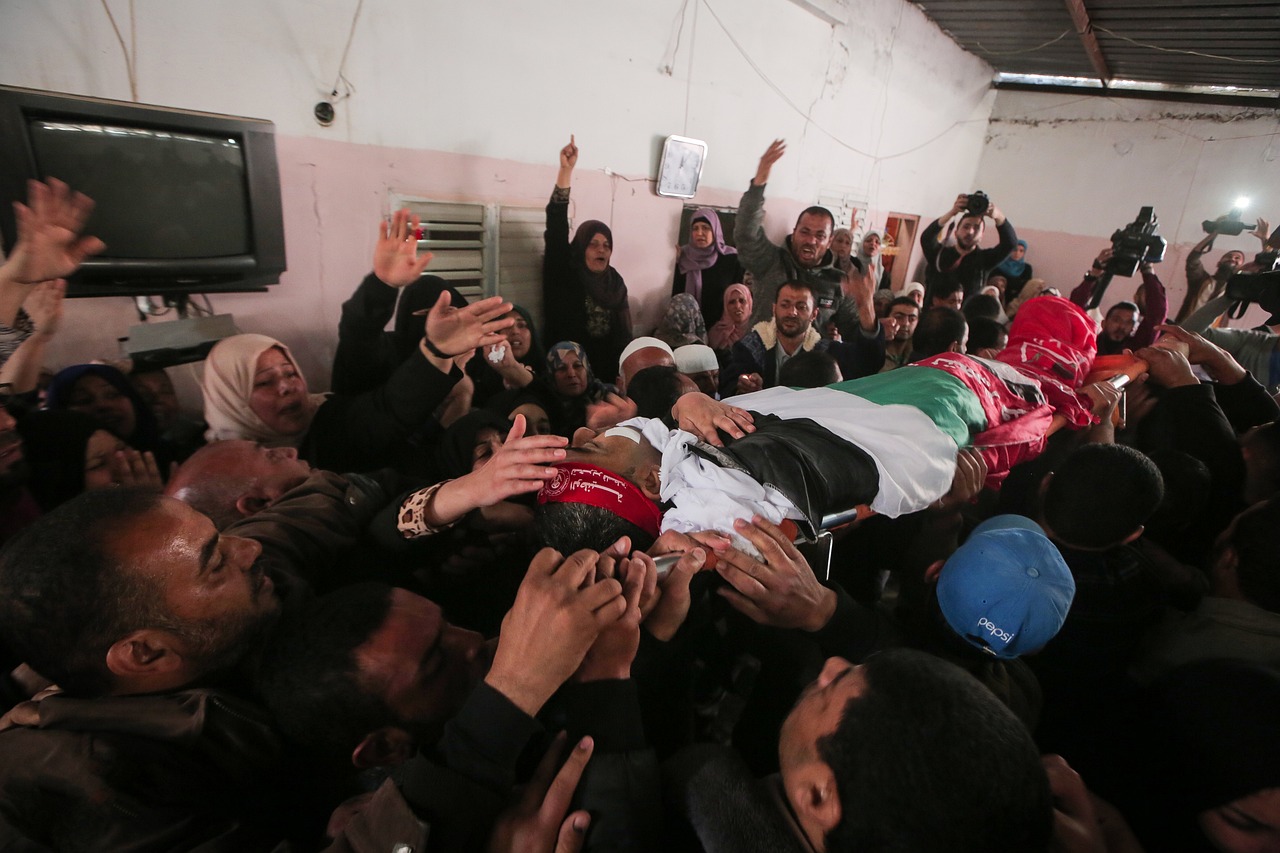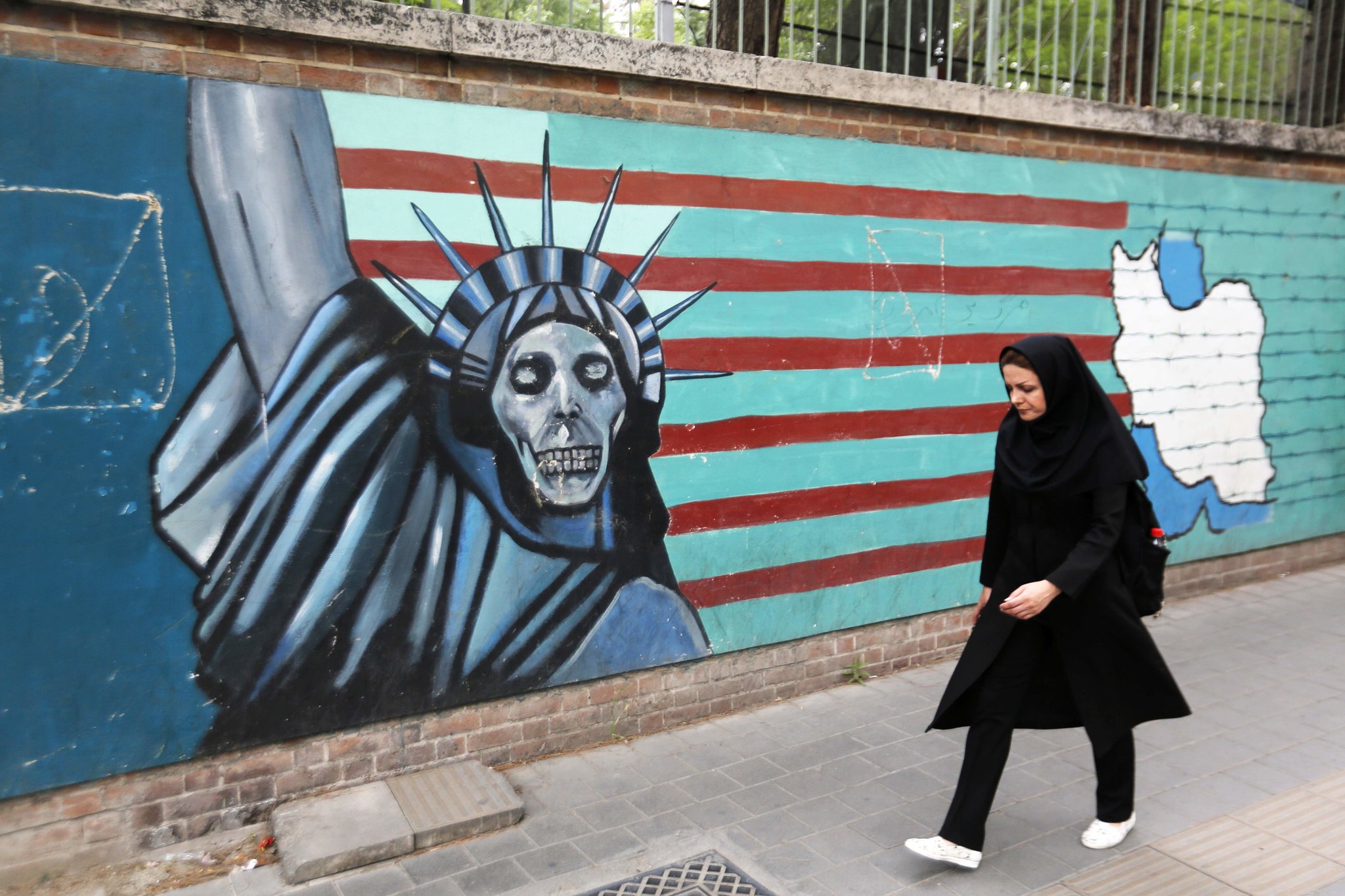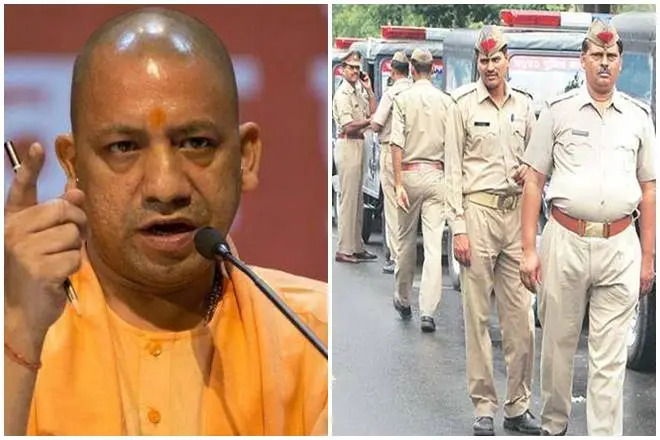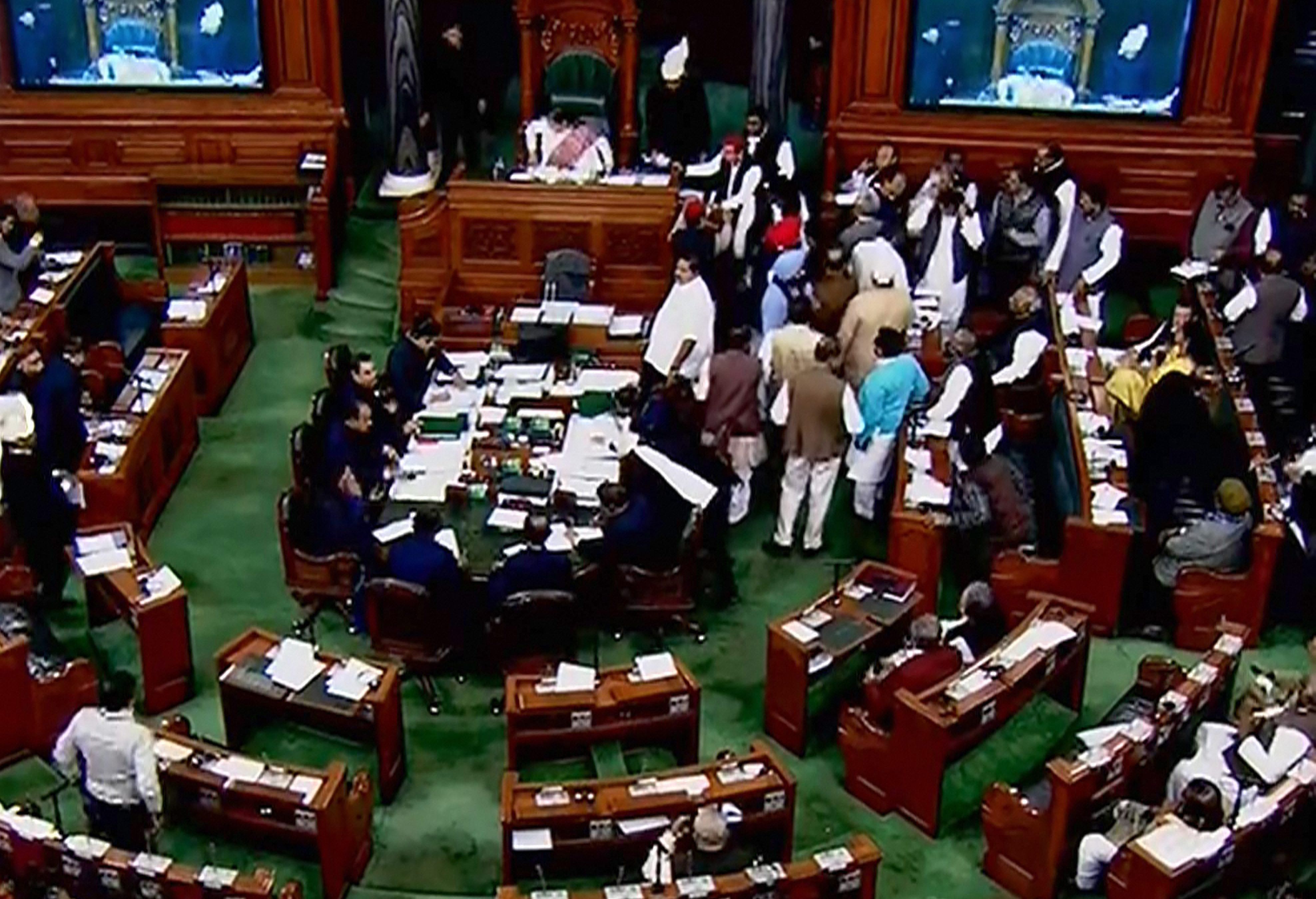Destruction of Muslim-owned buildings in Khargone, Madhya Pradesh Credit – Manish Madahar
Recently, the festival of Ram Navami was celebrated in India. The events surrounding the festivities have polarized the country. Muslims, who are a religious minority in the country, have been left to suffer from economic, social, and political fallout. The festival Ram Navami celebrates the birth of Lord Rama, a central figure in Hinduism. His life represents the triumph of good over evil. Certain Hindutva-related organizations and State governments have used the cover of this festival to cause communal disturbances and endanger religious harmony in the country.
Also Read: Communalism and Economic Marginalisation of Muslims
The celebration of the festival Ram Navami is often accompanied by religious processions. Hindutva groups have used religious processions to provoke communal tensions in recent years. These recent events have not only fired up communal tensions across India but have left parts of the country reeling under curfews.
Law enforcement agencies and the civil administration has targeted Muslim communities across the country. They have engaged in a form of retributive justice, razing houses, and businesses belonging to the Muslim community. Miscreants and provocateurs from the Hindu community have been allowed to get away unharmed, and no action has been taken against them.
What Happened in Gujarat?
Gujarat, a state with a history of communal violence, saw a flare-up in religious tensions. In Himmatnagar, a town in Gujarat, Hindutva activists were reportedly celebrating Ram Navami by wielding swords and chanting slogans.
Also Read: Religious Fascism in India & Israel: Tweedledum and Tweedledee
They led a procession that deliberately went through a Muslim neighborhood to provoke its residents. What started as an exchange of words between members of the Hindu and Muslim communities turned into violent clashes.
What Happened in Madhya Pradesh?
In Khargone, Madhya Pradesh, the Ram Navami celebration is traditionally marked by a grand procession that takes place every year. The procession passes through areas that have a history of being communally sensitive. Accordingly, local law enforcement plays an essential role in providing security.
This year, barricades were erected in the Muslim-dominated Talab Chowk area. The Ram Navami procession started as usual, but reports tell us that rumors were being circulated that the procession was hindered at Talab Chowk. The rumors alleged that the procession was under attack. It instigated a mob of Hindu vigilantes to arrive in the area. News reports have made it clear that there was no hindrance to the procession.
Also Read: Islam in India: Then and Now!
Initially, harsh words and abuses were exchanged between the Muslim residents of the area and the Hindutva vigilantes who arrived at the spot. Proceedings then took an ugly form when people started pelting stones at each other. The situation further degraded with rioting and arson incidents across the area.
Similarly, in New Delhi, clashes between the Hindu and Muslim communities occurred. These clashes were instigated after provocative speech and gestures were used during a religious procession led by the Hindu community.
Also Read: The mainstreaming of anti-Muslim Hindutva Pop in India
India’s troubled history with communal incidents tells us that provocative speeches and religiously charged processions have often resulted in riots and violence. It is clear that these sorts of religious processions are used by Hindutva groups to instigate communal incidents across the country.
How have State Governments responded?
The state government in Madhya Pradesh is controlled by the Bharatiya Janata Party (BJP). For the past few months, the Chief Minister has been attacking the Muslim community in his speeches. After recent events, the government has started to target the Muslim community by destroying houses and Muslim-owned businesses. In Khargone, 16 houses and 29 shops that allegedly belonged to people involved in the clashes were demolished. These structures all belonged to members of the Muslim community.
Also Read: The movement to demolish the Gyanvapi Mosque will hurt India
The stance taken by the administration is that these structures were illegally constructed. The local government contends that these actions were a routine part of law enforcement, but it couldn’t be further away from the truth.
The “Other” Story
The public statements of ministers and the administration tell a different story. The Madhya Pradesh home minister Mr. Narottam Mishra informed the media that “the houses of those who are pelting stones will now be turned into a pile of stones,“. The way in which the government and enforcement are working shows us that they are looking at retaliation rather than law enforcement or administration.
Also Read: Festivities And Lawlessness- Appropriation of Laws in India
One of the structures demolished was a kiosk belonging to Wasim Sheikh, a small business owner who lost both his hands in an accident in 2005. In an interview with IndiaToday, he stated, “The government is saying that houses and shops of those who indulged in rioting have been demolished. How can I indulge in riots? I’m dependent on others, even for water. I have no means to feed my two children, wife and mother,“.
Gujarat also has a BJP-led state government, and it has followed a similar procedure. It has started summarily demolishing houses and businesses belonging to the Muslim community. In an interview with Hindustan Times, a state government official stated, “Most of the illegal shops and properties that are being razed down belong to the accused who are being investigated for their role in the violence,”.
Have These States Acted Illegally?
One of the core foundations of the Indian Constitution is the rule of law. In the present situation, it means that the procedure established by law must be followed to determine if a person was guilty of taking part in a crime. Similarly, procedures are laid down to determine illegal constructions and remove such structures.
Further, no law in India allows a government to demolish the dwellings and businesses of a person on the mere suspicion that they may have committed a crime. If you think about it, such legislation would be draconian and unduly harsh.
Also Read: Racism – An integral part of India
Moreover, the actions of the administration amount to prejudging a person as guilty when an investigation by law enforcement has not even been completed. The question of whether these people were involved has not even been considered by a court since a trial has not taken place. So one must wonder how these state governments are proceeding in such an unjustifiable manner.
No Safeguards For Some Citizens?
Now every state and municipality has laws that apply to cases of illegal construction. These laws lay down detailed procedures that must be followed, including sending show cause notices, measuring the property in question, conducting a hearing, etc. Even if a property is found to be illegal by the district administration, the citizen can seek a judicial remedy before the High Court. These legislations even allow unlawful constructions to be regularized upon payment of a fine.
Also Read: Islamophobia in India: The Hostile Treatment Against Muslims
India has all these safeguards to protect citizens from illegal governmental actions. But in the present situation, the state governments have taken summary decisions and have paid no heed to the idea of rule of law. The citizens, especially Muslims, have been left devastated by these actions.
Further, the question remains how law enforcement and civil administration can act in a retaliatory manner against one community. These actions of the governments go against the core ideas of the Indian Constitution. Despite all the events that have taken place in states like Madhya Pradesh, Gujarat, and New Delhi, the Central Government has remained a mute spectator.
Final Thoughts
The recent events are another stain on India’s secular fabric. We can only hope that the civil administration and government think twice before acting in such an unjustifiable manner against religious minorities like Muslims.
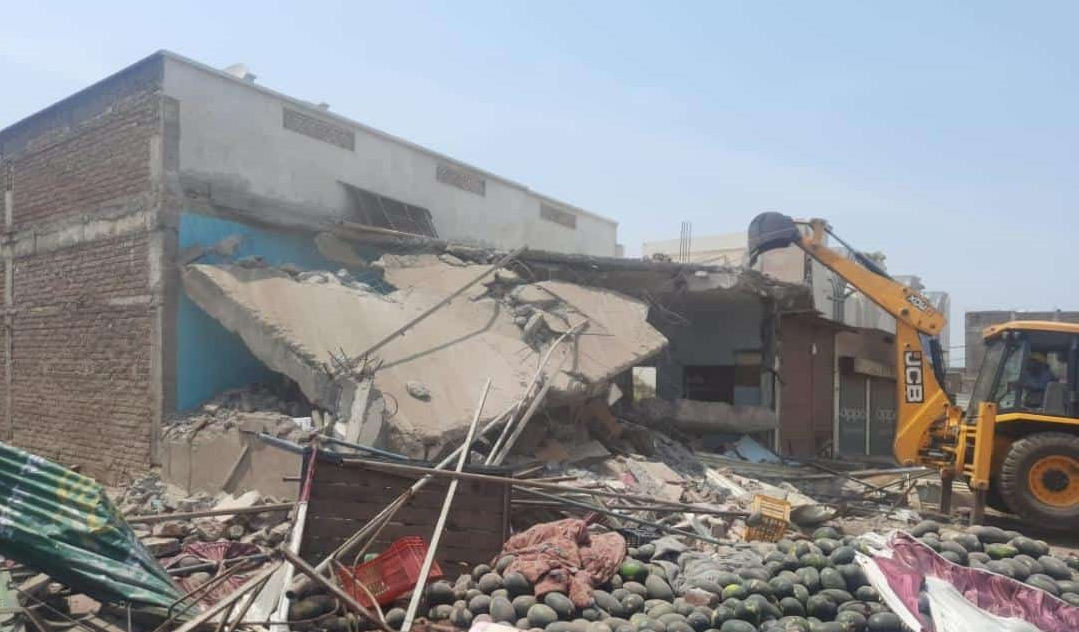

 Featured2 years ago
Featured2 years ago
 Featured3 years ago
Featured3 years ago
 Featured2 years ago
Featured2 years ago
 Featured4 years ago
Featured4 years ago
 Featured3 years ago
Featured3 years ago
 Featured5 years ago
Featured5 years ago
 Featured2 years ago
Featured2 years ago
 Featured3 years ago
Featured3 years ago
